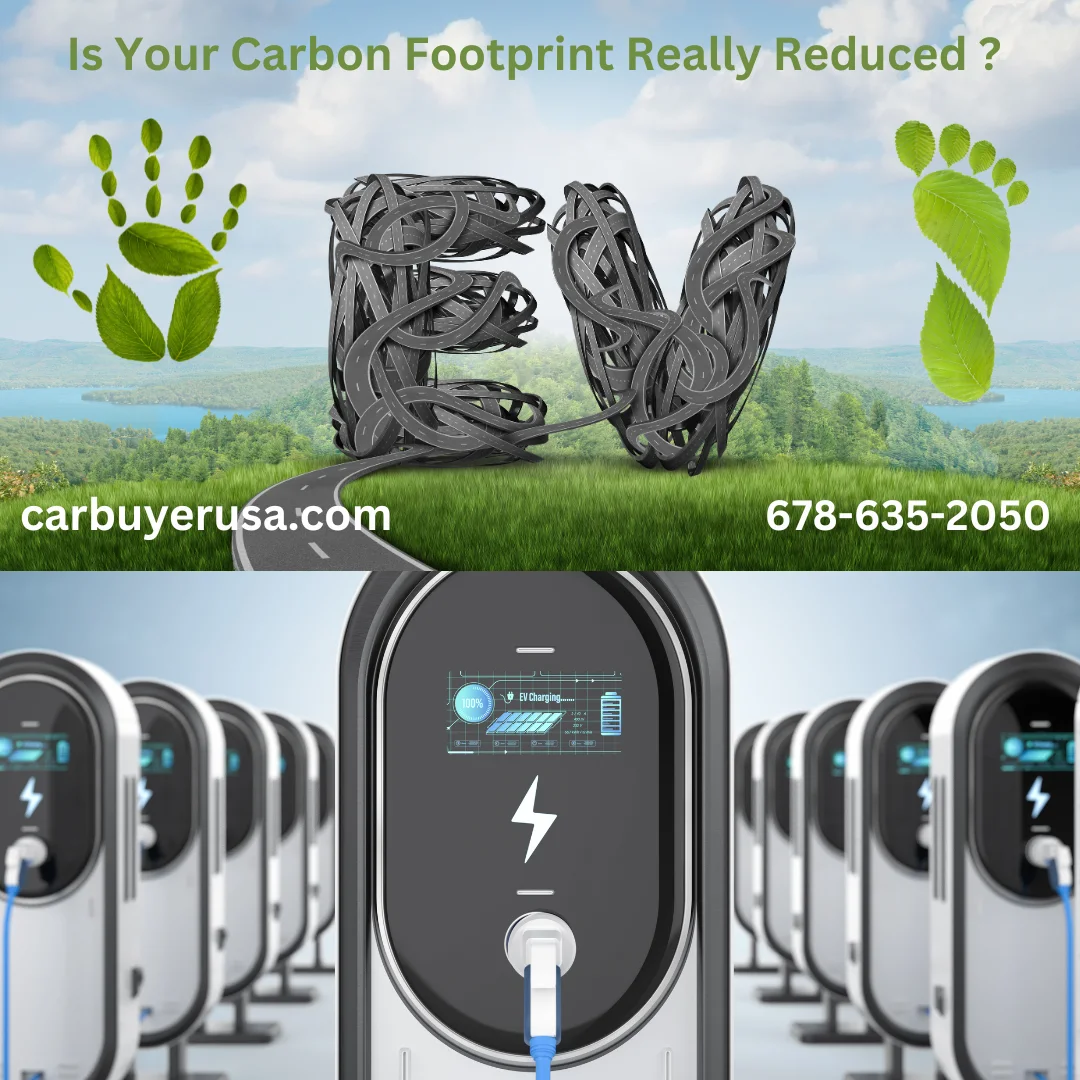
The electric vehicle (EV) revolution is upon us, with promises of cleaner air, reduced greenhouse gasses, and a more sustainable future. Yet, as with any burgeoning technology, it’s crucial to examine whether EVs live up to their hype and genuinely reduce carbon footprints. The answer, as it turns out, is nuanced.
On the surface, EVs undoubtedly present a greener alternative to internal combustion engine (ICE) vehicles. They produce zero tailpipe emissions, which is a significant boon for urban areas plagued by air pollution. Over their lifespan, EVs generally have a smaller carbon footprint compared to traditional gasoline vehicles, even when accounting for the emissions from electricity generation. However, the production of EV batteries, especially lithium-ion batteries, is energy-intensive and involves environmentally damaging mining processes for materials like lithium, cobalt, and nickel. Although advancements in technology and recycling methods are mitigating these issues, the production phase remains a concern. The true environmental benefit of an EV hinges largely on the source of its electricity. In regions where renewable energy sources like solar, wind, or hydroelectric power dominate, EVs have a substantially lower carbon footprint. Conversely, in areas reliant on coal or other fossil fuels for electricity, the carbon benefits of EVs are less pronounced. This variability underscores the importance of integrating more renewable energy into our grids to maximize the positive impact of EVs.
EVs are inherently more efficient than their ICE counterparts. Electric motors convert a higher percentage of energy from the battery to the wheels, leading to lower overall energy consumption and emissions. However, the rise of EVs also presents challenges for the electrical grid, particularly during peak charging times. Fortunately, smart charging solutions and the potential for EVs to serve as grid storage systems can help mitigate these issues, contributing to grid stability and better utilization of renewable energy. Economically, the upfront cost of EVs can be a barrier for many consumers. Yet, the lower operating and maintenance costs of EVs can offset the initial expense over time. Government incentives and falling battery prices are making EVs more accessible, accelerating their adoption. However, the development of charging infrastructure remains critical. Significant investments are being made globally to expand charging networks, making EV ownership more convenient and feasible.
The future potential of EVs to reduce carbon footprints is promising. As technology improves, renewable energy usage increases, and battery recycling processes become more efficient, the environmental benefits of EVs will only grow. Innovations like solid-state batteries promise to further enhance these benefits, providing even greater efficiency and sustainability. Electric vehicles do offer substantial environmental advantages, particularly in reducing greenhouse gas emissions and improving air quality. However, these benefits are conditional. The source of electricity, advancements in battery technology, and production methods all play pivotal roles in determining the true environmental impact of EVs. While not a perfect solution, EVs represent a significant step towards more sustainable transportation. The ongoing evolution of technology and infrastructure will be crucial in realizing their full potential and ensuring they live up to the hype.


